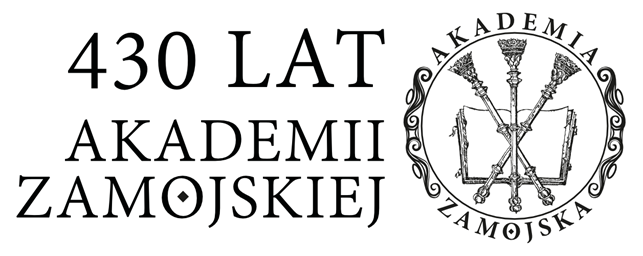Strategic Directions of Social and Economic Development of Eastern Poland Until 2020 in the Context of Programming Cohesion Policy for the Period 2014–2020
Piotr Hajduga
Abstract
In view of the progressive contemporary processes of global economic, social and cultural development, as well as increased competition in the world, an effective defense against the marginalization of the least developed regions should be to build competitiveness on the basis of their endogenous, “soft,” the intellectual resources of the local environment, taking into account external conditions. Research shows that the differences in these resources underlie persistent in the social and economic space of development disparities. Today’s cohesion policy, focused primarily on the process of equalization of opportunities for development, faced another challenge — to determine the best combination of traditional and new (intellectual) development factors in areas with distinct developmental distance. The purpose of this article is to identify trends and challenges facing the Eastern Poland in the face of changes in the European Union’s cohesion policy for 2014–2020.
Keywords:
regions of Eastern Poland, regional policy, cohesion policy, directions in regional developmentDetails
References
Statistics
Authors
Citation rules
Licence

This work is licensed under a Creative Commons Attribution-NonCommercial-NoDerivatives 4.0 International License.


 English
English
 Język Polski
Język Polski




